There are some really brilliant people working in the nonprofit community and fortunately many of these smarties are excellent bloggers!
Research and publish the best content.
Get Started for FREE
Sign up with Facebook Sign up with X
I don't have a Facebook or a X account
Already have an account: Login
The tools and strategies for Networked Nonprofits
Curated by
Beth Kanter
 Your new post is loading... Your new post is loading...
 Your new post is loading... Your new post is loading...

Shirley Williams (appearoo.com/ShirleyWilliams)'s comment,
December 30, 2012 11:14 AM
I am writing a post on this very topic. I thought I would do a quick search here to see what the general thinking is. Thank you for this article. Very timely.

Shirley Williams (appearoo.com/ShirleyWilliams)'s curator insight,
December 30, 2012 11:16 AM
Nice article on the changing landscape of competitive intelligence. The use of social media, curations and real time monitoring are all high lighted.

Martin (Marty) Smith's comment,
November 22, 2012 12:51 AM
Thanks Khaled. We are eating Turkey and watching football tomorrow. Hope things are SAFE and quiet where you are too my friend. Keep that marvelous smart head down hear. Marty

Khaled El Ahmad's comment,
November 22, 2012 1:00 AM
Yummy Save some of that giblet gravy for me :-)
All is good here, thank you for asking bro all the best and Happy Thanks Giving Day

Guillaume Decugis's comment,
November 16, 2012 1:20 PM
Thanks Beth! Glad you liked it. I also feel that this is a very important trend which will change the way we consider our professional networks.

ben bernard's comment,
January 9, 2013 11:55 PM
thanks ! http://www.scoop.it/t/direct-marketing-services my newly made scoop.it :)
|

ben bernard's comment,
January 9, 2013 11:56 PM
thanks ! http://www.scoop.it/t/direct-marketing-services my newly made scoop.it :)
|






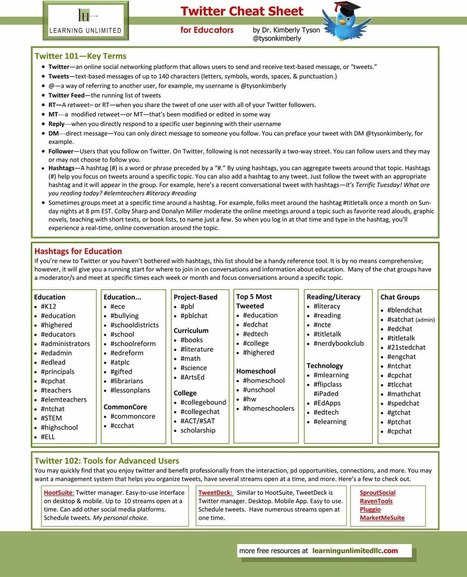
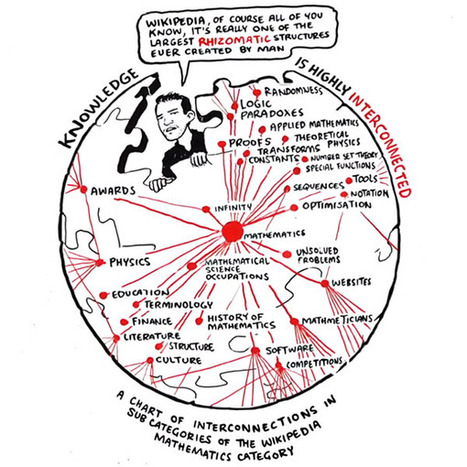
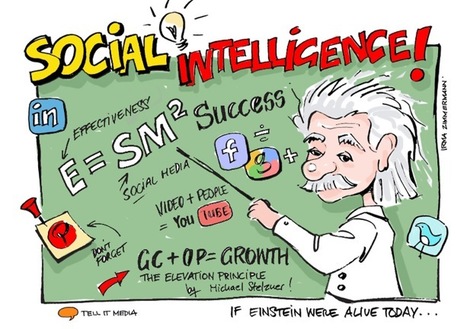


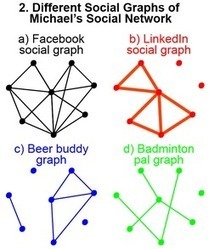




![Top 29 Ways To Stay Creative [Infographic + Marty Note] | Networked Nonprofits and Social Media | Scoop.it](https://img.scoop.it/VuQ90-B_63kAigepa19B9Dl72eJkfbmt4t8yenImKBVvK0kTmF0xjctABnaLJIm9)



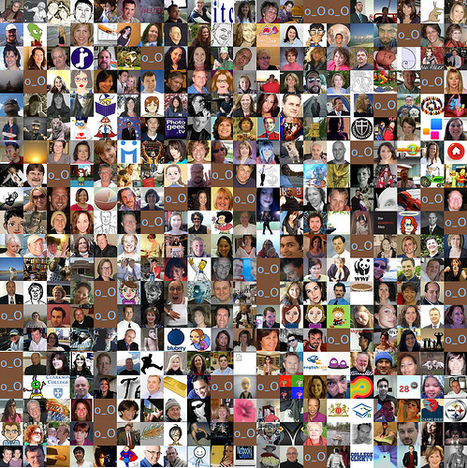

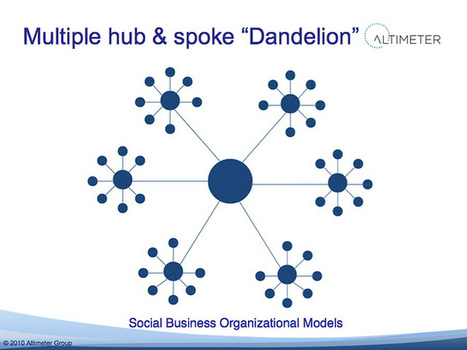


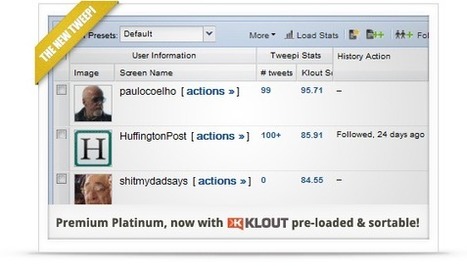

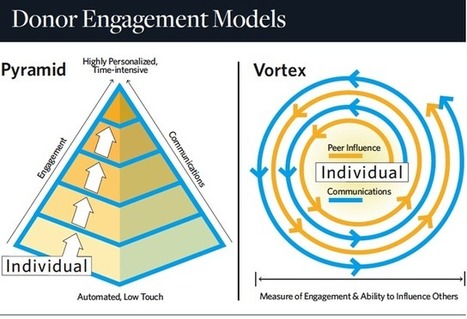






A good compliation